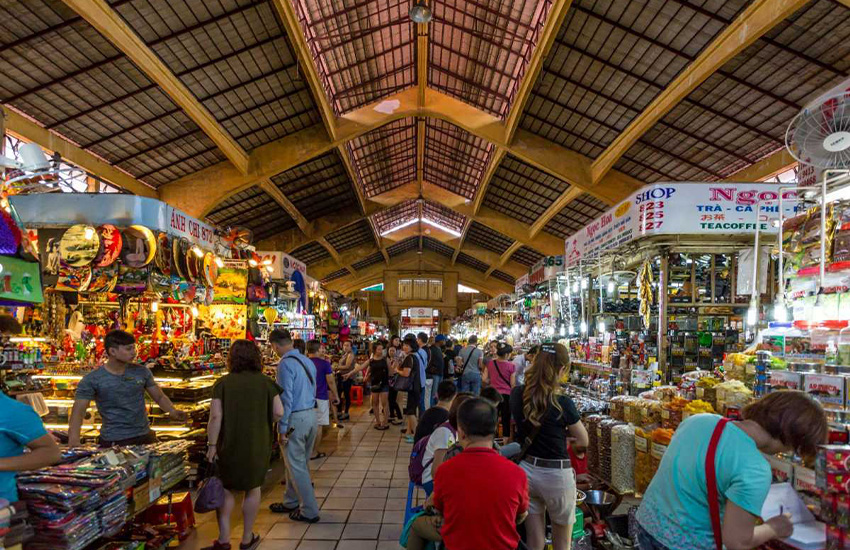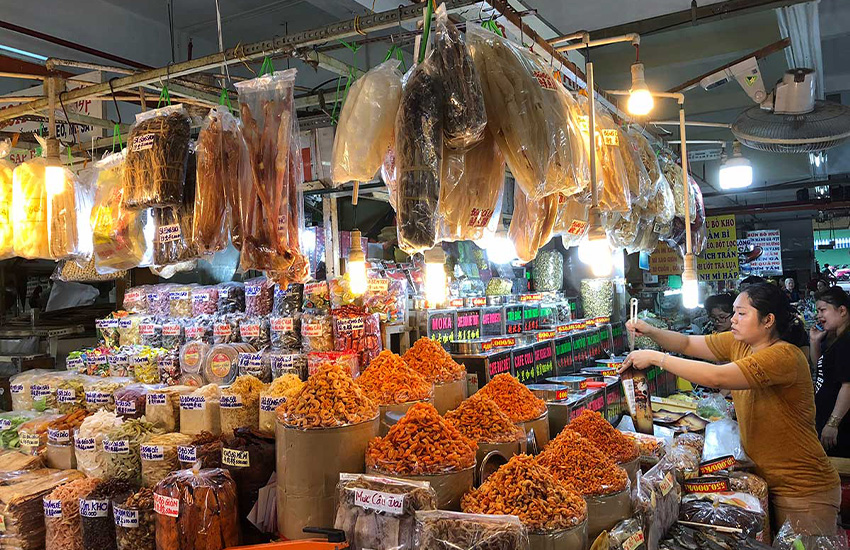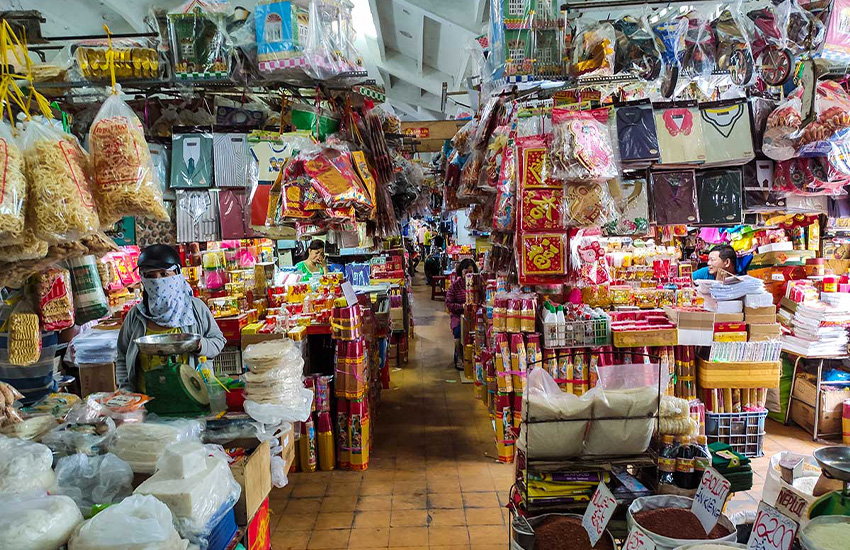Top 5 of the best tips for haggling at the Saigon local market
Have you ever found yourself overcharged or regretful of purchases made at exorbitant prices while shopping at the Saigon local markets? This HOUSING SAIGON’s article offers valuable insights and essential advice to empower you as a discerning consumer, ensuring you make informed choices and avoid being taken advantage of during your shopping endeavors.
1. Researching the item you intend to purchase
This section caters to individuals with a predetermined idea of the products they intend to purchase.

Begin by meticulously listing the items required for purchase to prevent overspending or overlooking essentials. It’s a common occurrence for individuals to become captivated by novel or bustling stalls at the market, ultimately forgetting their original intentions.
Subsequently, it’s advisable to conduct thorough price research through social networks, and online product reviews. This facilitates an accurate estimation of item prices. While price differentials may exist due to geographical location, products of identical quality and design typically exhibit marginal price discrepancies, ranging from 10,000 to 50,000 VND. For consumables, such variances are usually quantified in the thousands.
This preparatory step is pivotal, offering a proactive stance during the shopping expedition. Given the accessibility of contemporary tools, allocating roughly 30 minutes prior to departure to inquire about prices from acquaintances or explore online platforms can be seamlessly integrated into one’s routine.
2. Selecting an optimal time
When it comes to purchasing clothing, it’s advisable to steer clear of early morning market visits. During this time, sellers may have just opened their stalls and might not be inclined to negotiate prices. Engaging in bargaining could prove challenging as sellers may be wary of compromising their “luck.”
For food and essential items necessitating morning purchases, consider opting for familiar vendors or maintaining a firm stance against unreasonable pricing. Especially during holidays or weekends when crowds are larger and demand is higher, sellers may adopt more assertive sales tactics. Thus, remaining vigilant and avoiding potential traps is essential.
When buying food, avoid acquiring out-of-season fruits and vegetables, as they typically come at a premium. Conversely, for clothing, delaying purchases until the end of a season can yield discounts. For instance, as temperatures drop, retailers often offer markdowns on sweatshirts. This presents an opportunity to procure items in advance for the forthcoming summer. However, it’s prudent to exercise moderation and consider the longevity and popularity of styles for the upcoming year.
3. The art of haggling
There’s a practical “rule of thumb” I’ve found to be highly effective in negotiations. When negotiating for clothing, begin by offering two-thirds of the initial asking price. Gradually increase your offer by increments of 10,000 to 20,000 VND until it reaches approximately 2.5/3 of the original price. For example, if a vendor quotes 400,000 VND for a coat, you could start with “260,000 VND, please.” If they decline, incrementally increase your offer to “280,000 VND,” then “300,000 VND.” If they still refuse at 300,000 VND, it’s advisable to cease negotiations to avoid overpaying.

For fruits and vegetables, bargaining typically ranges from 1,000 to 10,000 VND due to their lower prices. When purchasing larger quantities, consider rounding up. For instance, if mangoes are priced at 18,000 VND per kilogram, you could negotiate: “30,000 VND for 2 kilograms, please!” This approach often results in mutual benefits: increased sales volume for the seller and discounted prices for the buyer compared to retail rates.
4. Exercise caution when employing these bargaining tactics
Sellers are often persuasive and articulate. When trying on a garment, they may shower you with flattering remarks, subtly nudging you towards a purchase. Statements like “This shirt looks great on you” or “It’s not tight, it’ll stretch out” should be taken with caution, as they may not entirely reflect reality. Trust only about 50% of what sellers say to avoid potential regrets.
Phrases like “This is the last one, I’ll give you a discount” or reasons for discounts such as “closing down,” “clearance sale,” or “liquidation” can be emotionally manipulative. Stay vigilant; what seems like a bargain may still be priced higher than usual due to a “sale” tag.
Claims like “Our fabric is different from other stores, hence the price difference” or “Our oranges are local, not Chinese imports, hence the higher price” are common responses to inquiries about price discrepancies. While there may be cases where “you get what you pay for,” often, these are justifications for inflated prices. Shops in close proximity often source from the same suppliers, making significant material differences unlikely.
5. Strategies to avoid being “Tricked”
Establishing yourself as a frequent shopper by mentioning your loyalty with statements such as “I’m a regular here” can elicit a positive response from the seller, potentially leading to more favorable terms. Similarly, referencing past purchases by saying “My friend recently bought a similar item for…” during negotiations can help prevent overpricing.

If negotiations stall at 340,000 VND and the seller offers 350,000 VND, stating “That’s my final offer,” it indicates hesitation on their part. In this case, it’s advisable to confidently walk away. More often than not, the seller will call you back with a better offer. Avoid rushing into purchases; take your time to compare prices at other similar stores. Shopping with friends can also be advantageous as they can provide additional insights and support, preventing impulsive decisions.





